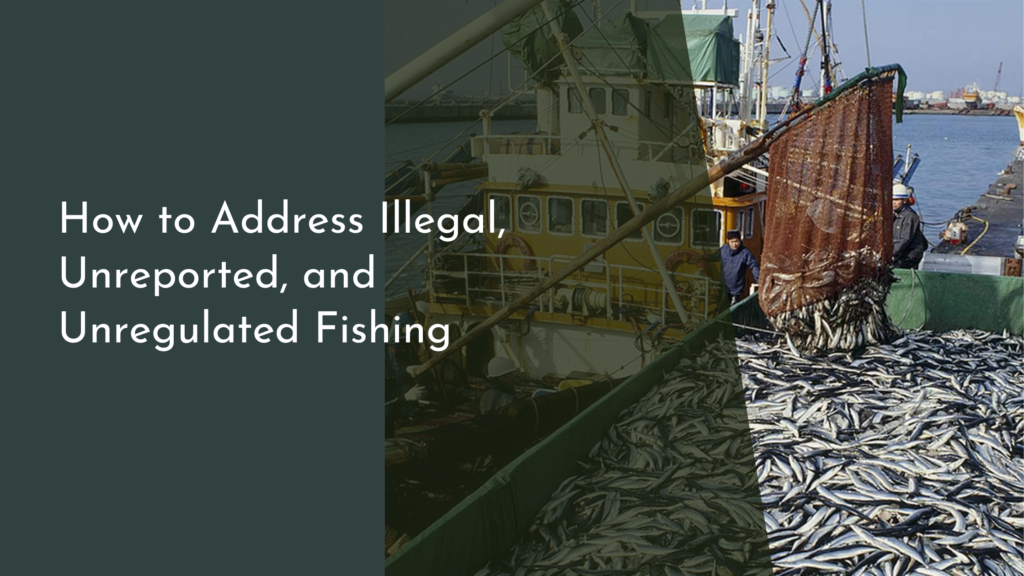How eco-friendly packaging impacts wildlife
In a world increasingly aware of environmental issues, the impact of packaging on wildlife has become a pressing concern. Traditional packaging materials, often made from plastics and non-biodegradable substances, pose significant threats to various species and ecosystems. However, the rise of eco-friendly packaging presents a promising solution that not only mitigates these threats but also enriches our natural surroundings. Understanding this connection is essential for making informed choices that support both wildlife and the health of our planet.
As consumers, our purchasing decisions can have far-reaching consequences on the environment. The link between packaging and wildlife is particularly evident when we consider the amount of litter and waste that often ends up in natural habitats. Animals frequently mistake plastic debris for food, which can lead to ingestion, malnutrition, and even death. By shifting our focus toward eco-friendly packaging options, we can drastically reduce the pollution that harms wildlife. This article explores the myriad benefits of sustainable packaging and how it fosters a safer environment for our planet’s diverse inhabitants.
Understanding the Connection Between Packaging and Wildlife
The relationship between packaging materials and wildlife is multifaceted and complex. Traditional packaging, especially plastics, often ends up in oceans, rivers, and forests, creating a hazardous environment for animals. Marine turtles, for instance, can confuse plastic bags for jellyfish, a vital part of their diet. This confusion can result in choking or intestinal blockage, subsequently threatening their survival. Similarly, land animals may ingest small plastic fragments, leading to severe health issues and a decline in population numbers.
Moreover, the production and disposal of conventional packaging contribute to habitat destruction and climate change, which further endanger wildlife. Deforestation for paper production and the extraction of fossil fuels for plastic are just a few examples of how packaging affects ecosystems. Many species are losing their natural habitats, leading to a reduction in biodiversity. By understanding this intricate connection, we can appreciate the urgency in adopting eco-friendly packaging solutions that prioritize the conservation of wildlife and their habitats.
The Benefits of Eco-Friendly Packaging for Nature
Eco-friendly packaging is designed to minimize environmental impact, offering numerous benefits for wildlife and ecosystems. One of the main advantages is that sustainable materials, such as biodegradable plastics, recycled paper, and plant-based substances, are less likely to cause harm to natural habitats. When disposed of properly, these materials break down more quickly and safely, returning nutrients to the soil rather than polluting the environment. This reduction in waste helps protect wildlife from the dangers of ingestion and entanglement.
Additionally, eco-friendly packaging often encourages companies to adopt more sustainable practices throughout their operations. By prioritizing environmentally responsible materials, businesses can reduce their overall carbon footprint, contributing to a healthier planet. As companies transition to greener packaging options, they also send a powerful message to consumers, inspiring more people to consider sustainability in their purchasing habits. This collective shift toward eco-friendliness not only benefits wildlife but also fosters a more conscientious society.
How Wildlife Thrives with Sustainable Packaging Choices
When eco-friendly packaging becomes the norm, wildlife has a better chance of thriving in their natural habitats. By reducing plastic pollution and other harmful materials, we create safer environments for animals to live, breed, and flourish. For example, cleaner oceans free from plastic waste can lead to healthier marine ecosystems, allowing fish and other sea creatures to thrive. This, in turn, supports the broader food web, benefitting species from the smallest plankton to the largest whales.
Moreover, sustainable packaging choices can bolster conservation efforts by promoting biodiversity. As forests are protected and habitats are preserved through responsible sourcing of materials, wildlife has a greater opportunity to thrive without the threat of human exploitation. This interconnectedness between sustainable packaging, conservation, and biodiversity highlights the importance of making thoughtful choices as consumers, ensuring that our actions support the flourishing of wildlife around the world.
Simple Steps to Choose Eco-Friendly Packaging Today!
Making the switch to eco-friendly packaging doesn’t have to be overwhelming! One of the simplest steps is to look for products packaged in biodegradable or recyclable materials. Many companies now label their packaging to indicate its sustainability, making it easier for consumers to choose wisely. Additionally, consider supporting local businesses that prioritize eco-friendly practices, as they often use sustainable packaging.
Another effective approach is to reduce your overall consumption and waste. Opting for bulk purchases can significantly cut down on packaging waste. Whenever possible, bring your own reusable bags and containers when shopping. By being proactive and making small changes in our daily habits, we can collectively encourage more businesses to adopt sustainable packaging solutions that protect wildlife and preserve our planet’s natural beauty.
The impact of eco-friendly packaging on wildlife is a testament to the power of informed consumer choices. By understanding the connection between packaging and wildlife, recognizing the benefits of sustainable options, and taking simple steps to embrace eco-friendly practices, we can play a pivotal role in protecting our planet’s precious ecosystems. As we foster a culture of sustainability, we not only contribute to the well-being of wildlife but also create a brighter, healthier future for generations to come. Let’s make our choices count and celebrate the positive changes we can achieve together!

